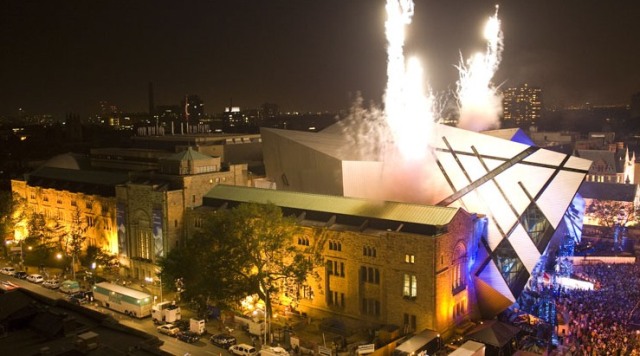How to display the past......
Ever wondered what goes in to the display you see in a museum gallery? I’m exploring some behind-the-scenes issues that shape what you see.
This is the first of a series of posts that tie into a new course I’m teaching for University of Toronto graduate students called Greece and Rome at the ROM. The idea is to explore how ancient Greece and Rome is presented in current museum displays and what makes the displays look the way they do. I’m focusing on the Greek and Roman world (my specialty), but many of the issues that we’re talking about apply to all areas of the museum, every museum.
Why does it look the way it does?
The objects in museum galleries may be Greek and Roman antiquities, several thousand years old, but a lot of different factors affect how they are presented. Here are just a few points that are important in shaping what you see in a gallery display (but that you may never have realized). I’ll come back to some in more detail over the next few weeks.
- Curators’ choices
Someone has to decide which objects to include in a gallery display, where they will go, and what information will be provided. Lack of space in every gallery means that it is impossible to include everything, and there are always choices to be made – some ‘stories’ will be chosen and others left out.
- Design and Architecture
Although new architect-designed museum spaces get the most publicity and praise, many ‘new’ displays have to fit into existing gallery spaces in old buildings. Something as simple as which walls can hold a heavy object may affect the whole look of a gallery display, and the way the story of the ancient world is presented.

The ROM combines new and historic buildings. Here you see the 1930s east wing and the Michael Lee-Chin Crystal built in 2007.
- The Collection
Most museum collections are collected by many different people, with different tastes and reasons for collecting. This means that each museum collection has its own strengths and weaknesses, depending on how it was formed. The museum display will take account of this, so every display will look a little different. Only a few lucky museums can present a complete picture of the whole ancient world.
- Restoration
Ancient objects in museums usually don’t look like they did when they were first found. As well as being cleaned, many of them will have been restored and over the years restoration fashions have changed. Sometimes the ‘modern’ parts are obvious, but at other times the restoration has been designed to blend in with the ancient object, so it may be hard to see what is actually ancient.
I hope that has given you something to think about, and stay tuned for regular updates. You may even hear something from the students themselves!
